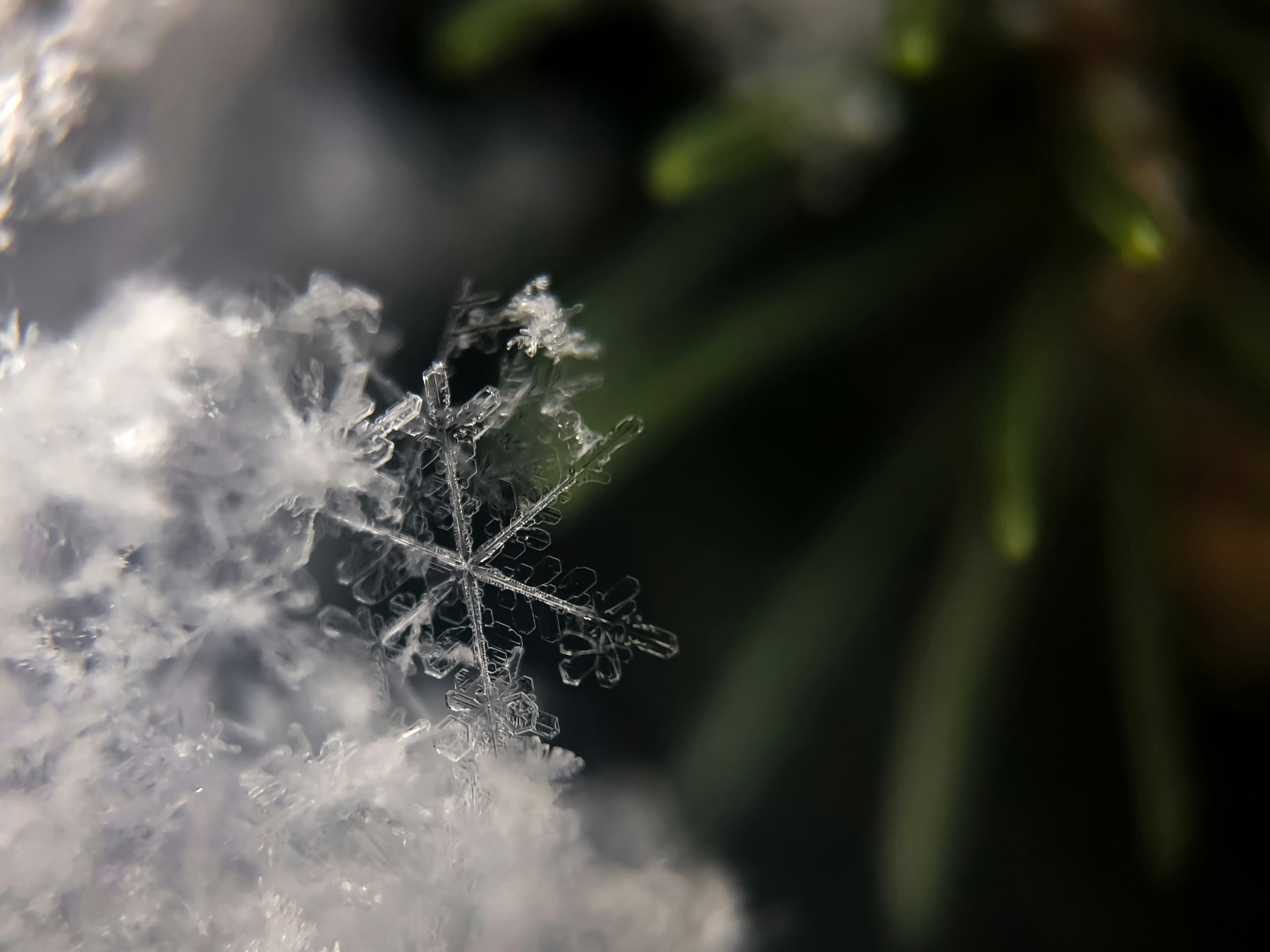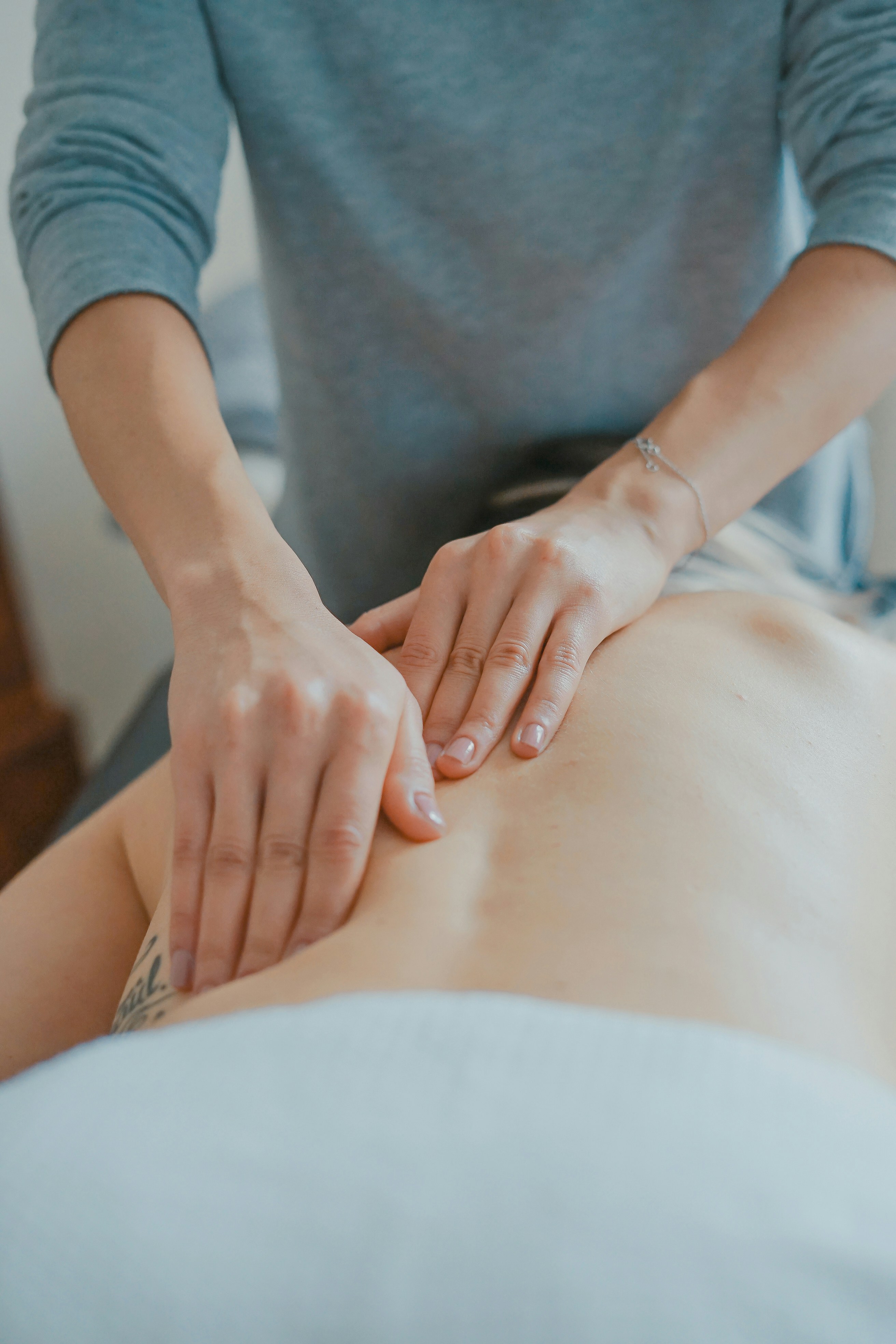Have you ever noticed how a quick dip in cold water can jolt you awake? Imagine that same invigorating sensation doing something even more profound—helping alleviate the seasonal blues. Here’s a thought to consider: could a brisk plunge into chilly waters be more than just a fleeting thrill? In this article, we’ll explore how something as simple as cold plunges might offer a natural remedy for the darker days of the year when many feel the weight of seasonal depression.
Understanding Seasonal Affective Disorder (SAD)
What is Seasonal Affective Disorder?
You’ve probably heard of the winter blues, but seasonal affective disorder (SAD) takes things a step further. It’s a type of depression that comes and goes with the seasons, typically hitting hardest during the fall and winter months. You might feel lethargic, less motivated, or unusually sad. It’s not just in your head; these feelings are real and can severely impact your daily life.
The Science Behind SAD
What causes these feelings? Although the exact cause of SAD is still under study, it seems likely that the reduced sunlight during shorter days plays a significant role. Your body’s biological clock, or circadian rhythm, can get thrown out of whack due to decreased daylight, affecting your mood. Additionally, changes in serotonin and melatonin levels—a neurotransmitter and hormone involved in regulating mood and sleep, respectively—can contribute to these feelings.
How SAD Differs From Regular Depression
Unlike regular depression, which is persistent and can happen at any time of the year, SAD is seasonal. You may find patterns in your symptoms that match the changing seasons, feeling notably better when spring and summer arrive.
The Cold Plunge Phenomenon
What Are Cold Plunges?
You’re not alone if you’ve ever jumped into a cold pool or lake and felt instantly reinvigorated. Cold plunges involve immersing yourself in cold water, usually below 59°F (15°C). While it might sound extreme, many people swear by this practice to boost mood and energy levels.
A Brief History
Cold water immersion has been practiced for centuries, dating back to the ancient Greeks, who believed in its therapeutic benefits. Scandinavians have also long embraced the tradition, often by alternating between hot saunas and icy lakes—a ritual thought to improve overall well-being.
Why Cold Plunges Are Gaining Popularity
In recent years, cold plunges have seen a surge in popularity, especially among wellness enthusiasts. You might have noticed this trend on social media or heard about sports figures endorsing it for mood and recovery. With rising attention comes a deeper understanding of what cold plunging can offer, extending beyond just physical recovery to mental well-being.
The Benefits of Cold Plunges
The Immediate Physiological Responses
When you immerse yourself in cold water, your body undergoes a series of immediate responses. Your heart rate increases, and blood vessels constrict to preserve heat, pumping blood more efficiently. This response can help you feel more alert and awake.
Boosting Your Mood
Could cold plunges be the quick mood-lifter you’ve been seeking during those gloomy days? When your body undergoes cold shock, it releases various neurotransmitters, including norepinephrine and beta-endorphins, known for reducing stress and enhancing mood. This rush of “feel-good” chemicals could provide temporary relief from the symptoms of seasonal depression.
Long-Term Mental Health Benefits
While the initial effects of a cold plunge are stimulating, consistent practice could have long-term mental health benefits. Studies suggest that regular cold plunges can lower anxiety and improve mood in the long run. It’s like giving your mental health a natural boost, without relying on medication.
Physical Health Perks
Beyond mental well-being, cold plunges offer numerous physical health benefits. The increased blood flow can enhance your immune system, speed up muscle recovery, and improve circulation. You should consult a healthcare professional if you have existing medical conditions, but these benefits might be an added incentive to consider integrating cold plunges into your routine.
How to Safely Incorporate Cold Plunges into Your Routine
Start Slow
You might be eager to jump right into freezing waters, but it’s crucial to start slowly. Begin with a short, cold shower, gradually reducing the temperature as you grow more comfortable with the sensation.
Listen to Your Body
You know your limits better than anyone else. If you start feeling dizzy, unbearably cold, or any other negative symptoms, it’s essential to get out of the water and warm up immediately. Your safety should always be your top priority.
Choose the Right Environment
Location can play a significant role in how effective or enjoyable your cold plunge will be. Whether it’s a cold shower, an icy bath, or natural water, choose a place where you feel safe and comfortable, ensuring that you can easily warm up afterward.
Timing Matters
While some swear by morning cold plunges to kickstart their day, others find them more effective in the afternoon or evening. You might want to experiment with different times to find what works best for you, considering how it affects your daily routine.
Consistency is Key
Like any wellness practice, consistency can amplify benefits. You could start with several sessions per week and see how it fits into your lifestyle. Regular exposure can help your body adapt, making each plunge a bit easier and potentially more beneficial over time.
Real-Life Stories: How Cold Plunges Made a Difference
Personal Experiences
Consider Sarah, who struggled every winter with overwhelming fatigue and a lack of motivation. After incorporating morning cold plunges into her routine, she noticed marked improvements in her energy levels and outlook. “It was like the fog had lifted,” she said, explaining how this practice became a crucial part of managing her seasonal blues.
Community Insights
You’re not alone in your journey to find seasonal-affective habits. Many communities have sprung up around cold water swimming and plunging, offering both social support and shared experiences. For instance, groups often meet in local bodies of water, providing encouragement and camaraderie, making the cold plunge experience social and engaging.
Expert Opinions
Leading health experts are also weighing in on the potential benefits of cold plunges. Dr. Elizabeth Mason, a psychologist specializing in mood disorders, argues that cold exposure can be a valuable complement to traditional methods for managing seasonal depression. “It’s not a cure-all,” she cautions, “but it can play an important role as part of a holistic approach to mental health.”
Potential Drawbacks and Considerations
Understanding Risks
Cold plunges are not without their risks. If you have underlying health conditions like heart issues, it’s vital to consult with a healthcare professional before trying this practice. The shock of cold water can be intense and may not suit everyone.
The Influence of Placebo
Some experts argue that the reported benefits of cold plunges may partly stem from a placebo effect. As with many wellness trends, the actual impact can vary from person to person. However, if you feel better, the psychological effect has value in and of itself.
Balancing Enthusiasm with Caution
While enthusiasm is great, caution should always be at the forefront of any new practice you try. Gradual immersion is safer, and you should avoid overly prolonged exposure to prevent issues like hypothermia. It’s also crucial to warm up slowly after a plunge to let your body adjust.
Science Speaks: Research on Cold Plunges
Existing Studies
You might be wondering how substantial the scientific backing is for these practices. While research on cold plunges specifically related to SAD is limited, studies generally show promising trends. Cold water immersion has been associated with improved mood and decreased symptoms of depression and anxiety.
Research Limitations
It’s important to acknowledge that much of the existing research is preliminary, with more investigations needed to establish cold plunges as a scientifically endorsed remedy for SAD. Many studies have small sample sizes or are conducted under specific conditions, which might not apply universally.
What the Future Holds
Increasing interest in alternative and natural therapies is likely to lead to more research on the topic, shedding further light on the potential benefits and drawbacks. In the meantime, anecdotal evidence and small-scale studies provide an encouraging picture without guaranteeing universal outcomes.
Cold Plunges vs. Other Remedies for SAD
Comparing to Light Therapy
Light therapy is one of the most common treatments for SAD, involving exposure to artificial light to make up for the lack of natural sunlight. Cold plunges provide a tactile and immediate sensation that lights can’t offer. Some individuals find it to be a more engaging and active remedy, though it may complement rather than replace light therapy.
Medication Options
If you’re currently managing SAD with medication, cold plunges could potentially serve as a supplementary practice. They offer a drug-free option with minimal side effects when done safely, allowing you to explore more natural ways to enhance your mood.
Exercise and Diet
Cold plunges can also complement other traditional methods of managing seasonal depression, like exercise and dietary changes. Physical activity has long been known to release endorphins, and healthy eating can impact mood as well. Combining these with cold plunges may offer a more comprehensive approach to tackling those seasonal blues.

Your Personalized Cold Plunge Plan
Assess Your Situation
Before jumping in, take stock of your individual needs and any underlying health conditions you might have. This assessment will guide you in tailoring a cold plunge plan that suits your specific circumstances.
Set Realistic Goals
When starting, set achievable targets to make it into a habit, whether that’s sustaining a certain duration or frequency each week. These small wins will help you stay motivated and track your progress over time.
Create a Safe Protocol
Develop a safety plan, including having warm clothes ready, timing your immersion, and understanding the conditions of your chosen environment. These precautions will ensure that you have a positive experience each time.
Encouragement to Try Something New
It’s easy to stick to familiar routines, especially in challenging times like the winter months. However, small changes can make a significant difference. Cold plunging might seem daunting initially, but the potential rewards for both your body and mind are worth considering. Here’s to embracing the chill and finding warmth in unexpected places, such as your newfound resilience against seasonal blues.
By diving into the cold, you may discover more than just immediate relief; this could be the beginning of a broader journey toward holistic well-being. Whether you decide to incorporate cold plunges into your lifestyle or seek other remedies, always prioritize your health and happiness. Remember, your path to combating the seasonal blues is uniquely your own, and each step you take is progress worth celebrating.





